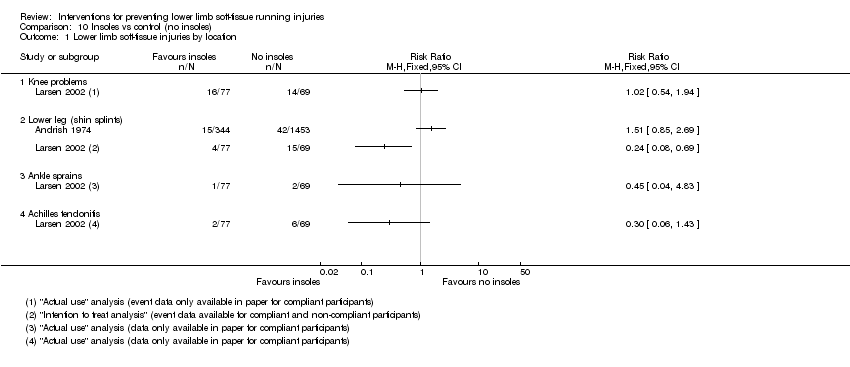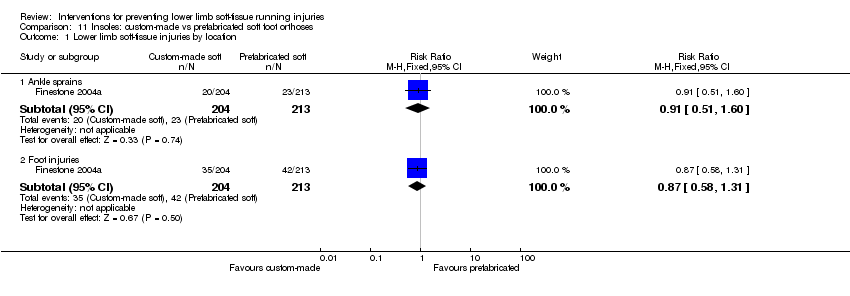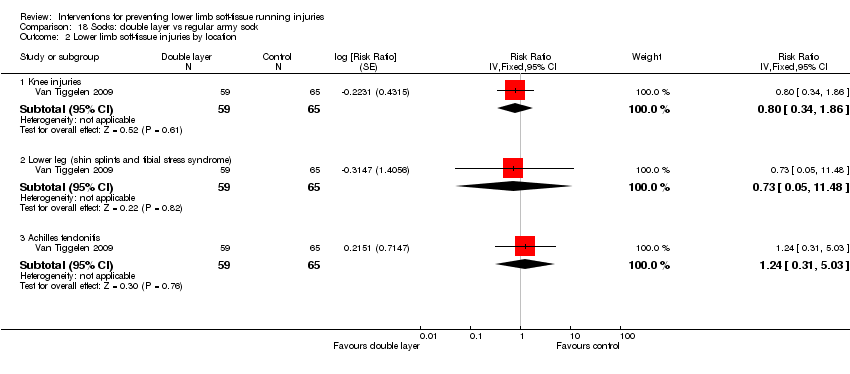Contenido relacionado
Revisiones y protocolos relacionados
Keith Rome, Helen HG Handoll, Robert L Ashford | 20 abril 2005
Elliott F Goldman, Diana E Jones | 20 enero 2010
Nancy Santesso, Alonso Carrasco‐Labra, Romina Brignardello‐Petersen | 31 marzo 2014
Intervenciones para la prevención de caídas en personas de edad avanzada que residen en la comunidad
Lesley D Gillespie, M Clare Robertson, William J Gillespie, Catherine Sherrington, Simon Gates, Lindy Clemson, Sarah E Lamb | 12 septiembre 2012
Toby O Smith, Benjamin T Drew, Toby H Meek, Allan B Clark | 8 diciembre 2015
Vinícius Y Moraes, Mário Lenza, Marcel Jun Tamaoki, Flávio Faloppa, João Carlos Belloti | 29 abril 2014
Michael H Bennett, Thomas M Best, Shelina Babul‐Wellar, Jack E Taunton | 19 octubre 2005
Duncan L Mason, Victoria A Dickens, Andy Vail | 12 diciembre 2012
Lesley D Gillespie, William J Gillespie, M Clare Robertson, Sarah E Lamb, Robert G Cumming, Brian H Rowe | 15 abril 2009
Richard A Gosselin, Ian Roberts, William J Gillespie | 26 enero 2004






























